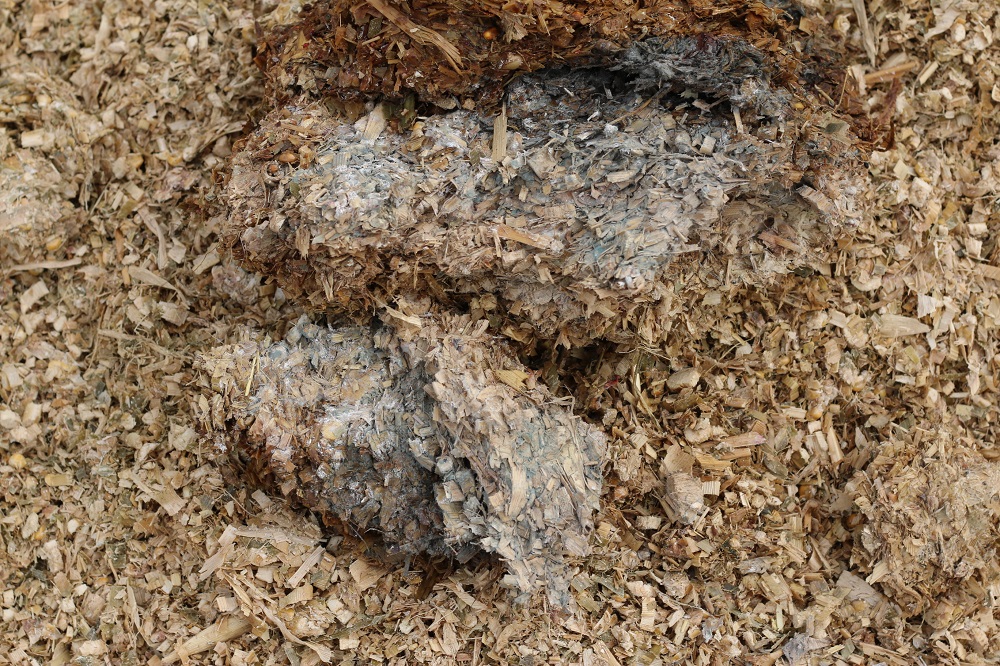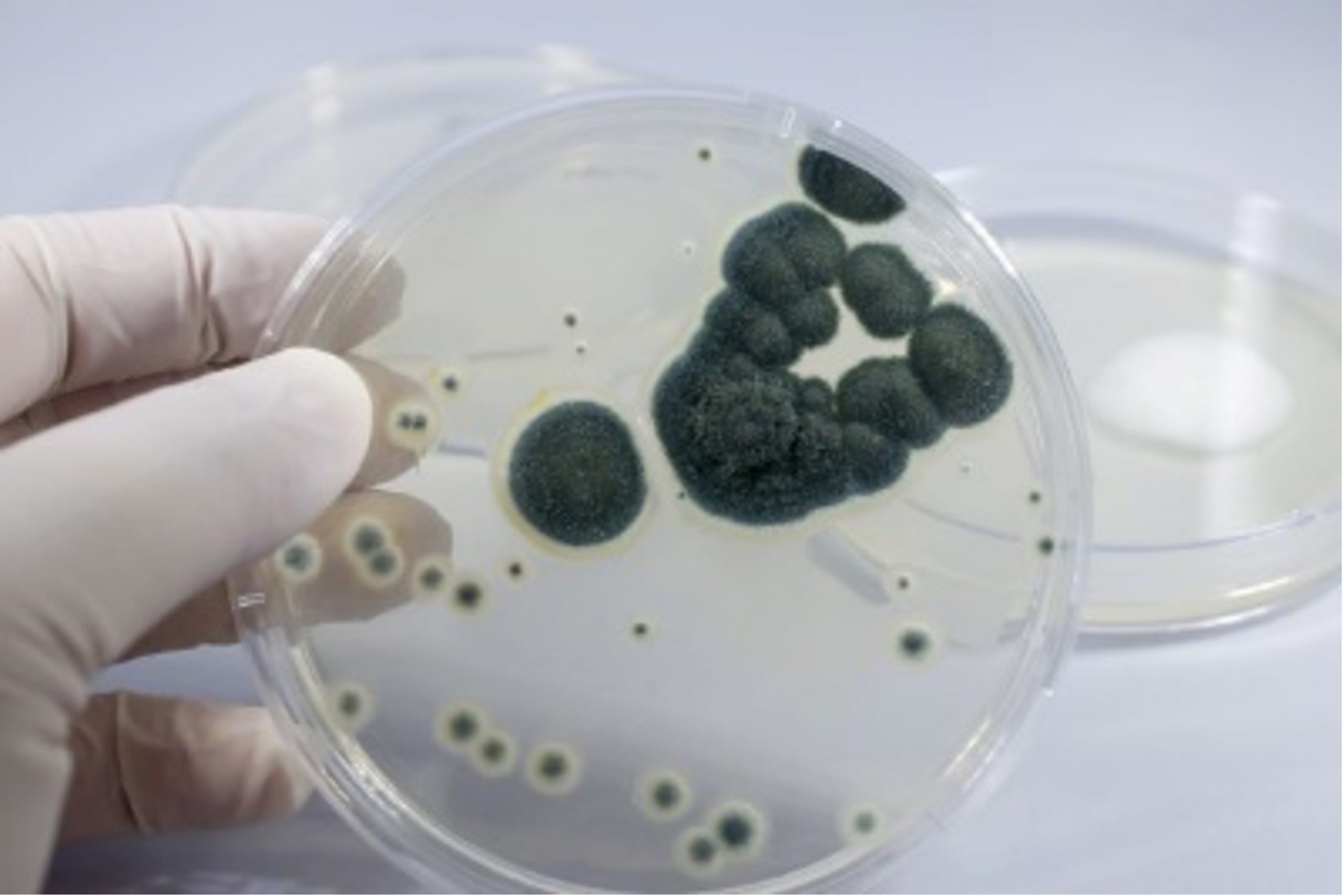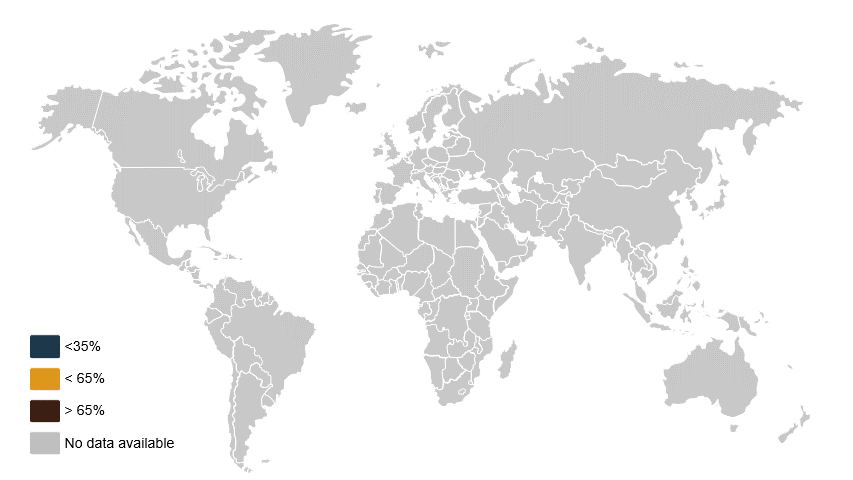Known for its antibacterial properties in medicine, penicillin, Penicillium is a large genus with over 150 known species, of which approximately 100 produce mycotoxins. A unique trait of this mold is its ability to grow in low pH environments, meaning acid treatments are not an effective solution to preventing this mycotoxin-producing mold. Within animal agriculture, two specific mycotoxins are typically monitored from the Penicillium genus, ochratoxin A and patulin.


Produced primarily by the mold species Penicillium verrucosum and Aspergillus ochraceus, ochratoxin A (OTA) is found in cereal grains, oil seeds, fruits, spices, beer, wine, and coffee. These molds are commonly referred to as storage molds and thrive in cool and moderate climates. Ochratoxin A is a potent nephrotoxic (kidney-damaging) mycotoxin and will also harm the liver and cause hepatotoxicity, birth defects, and general immunosuppression.

The mode of action for OTA is suspected to be inhibiting enzymes, especially those related to the kidneys. This results in protein synthesis inhibition, which leads to the kidney and liver damage mentioned above. Observable symptoms include:
EU ochratoxin in feed legislation recommendations
| Cereal and cereal products | 0.25 ppm |
| Complementary and complete feedingstuffs for pig | 0.05 ppm |
| Complementary and complete feedingstuffs for poultry | 0.1 ppm |
United States ochratoxin in feed legislation
| All feed materials | |
|---|---|
| Cottonseed for cattle/swine/poultry | 300 ppb |
| Corn and peanuts for swine | 200 ppb |
| Corn and peanuts for breeding cattle/swine/poultry | 100 ppb |
| Corn, peanuts for young animals | 20 ppb |
| Dairy cattle and other species Milk |
20 ppb 0.5 ppb |
With favorable growing conditions in warm and moist environments, patulin is mostly found in apple waste products and sometimes in silages and high moisture corn. Patulin is not common in animal production but can be present on cattle farms. First isolated in Penicillium patulum, this mycotoxin behaves as an antibiotic against gram-positive bacteria. By upsetting the rumen microbiota, it is reported that patulin reduces volatile fatty acid production and decreases fiber digestion in cattle. In addition to the production losses, similar to OTA, the mycotoxins are nephrotoxic and immunotoxin. Altogether, digestion health is negatively impacted and can lead to lesions in the duodenum, intestinal hemorrhages, gastric ulcers, and general loss in intestinal barrier function.
Due to its status as an emerging mycotoxin, there is neither accurate mapping of patulin’s global presence nor set regulations for patulin contamination.
Would you like to be kept informed of our latest developments? Register here and stay up to date.
"*" indicates required fields
| Cookie | Duration | Description |
|---|---|---|
| cookielawinfo-checkbox-analytics | 11 months | This cookie is set by GDPR Cookie Consent plugin. The cookie is used to store the user consent for the cookies in the category "Analytics". |
| cookielawinfo-checkbox-functional | 11 months | The cookie is set by GDPR cookie consent to record the user consent for the cookies in the category "Functional". |
| cookielawinfo-checkbox-necessary | 11 months | This cookie is set by GDPR Cookie Consent plugin. The cookies is used to store the user consent for the cookies in the category "Necessary". |
| cookielawinfo-checkbox-others | 11 months | This cookie is set by GDPR Cookie Consent plugin. The cookie is used to store the user consent for the cookies in the category "Other. |
| cookielawinfo-checkbox-performance | 11 months | This cookie is set by GDPR Cookie Consent plugin. The cookie is used to store the user consent for the cookies in the category "Performance". |
| viewed_cookie_policy | 11 months | The cookie is set by the GDPR Cookie Consent plugin and is used to store whether or not user has consented to the use of cookies. It does not store any personal data. |
